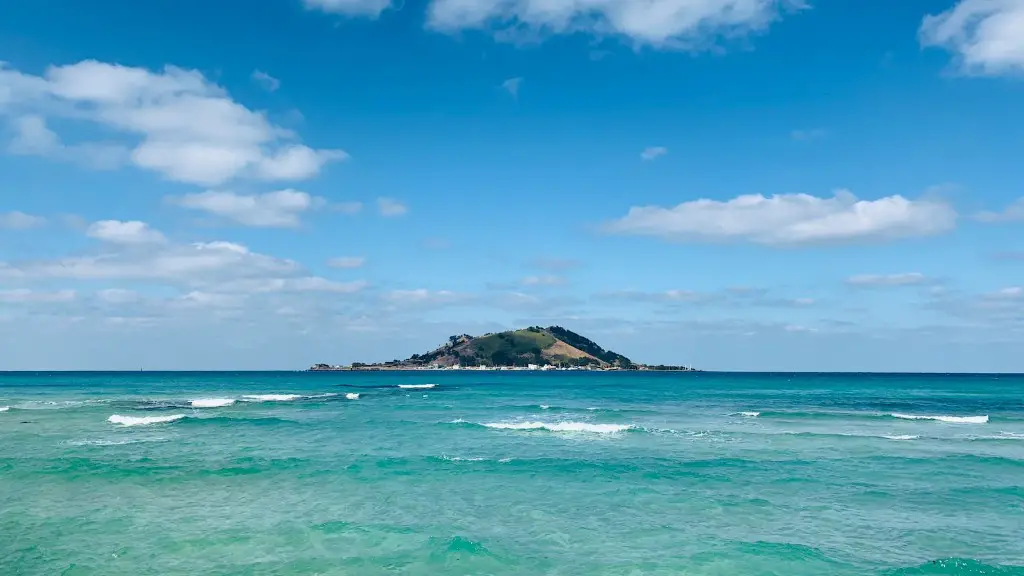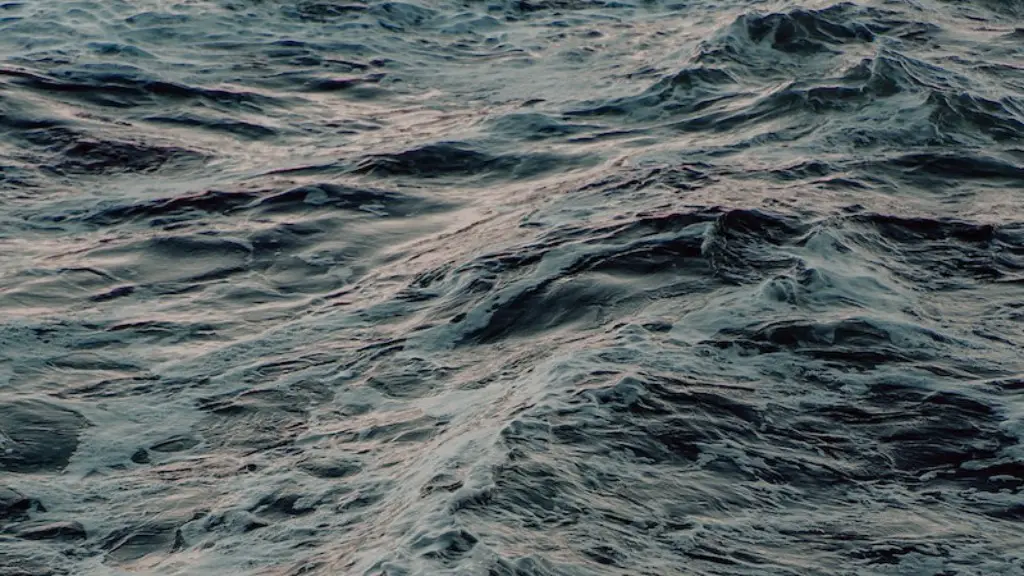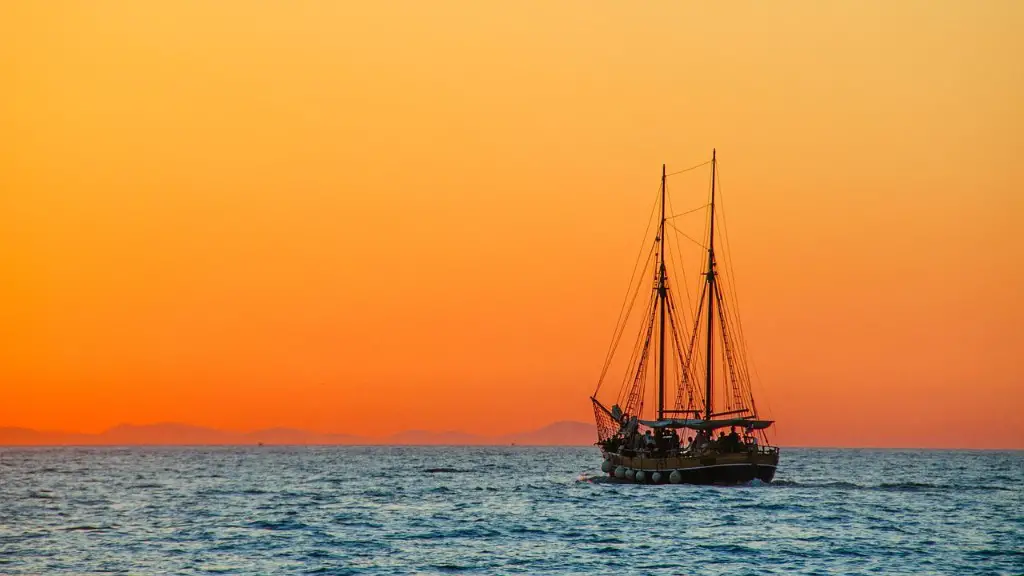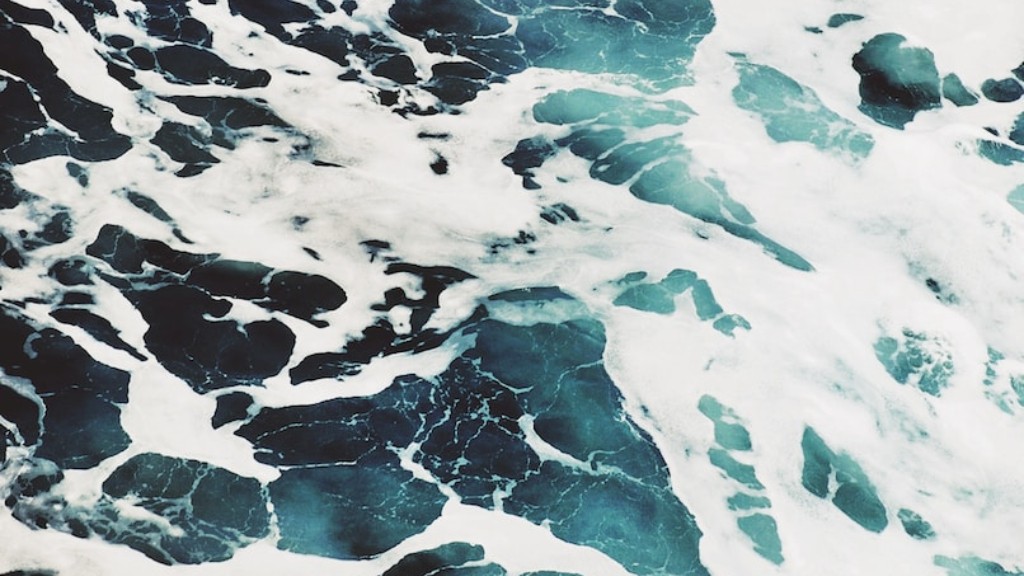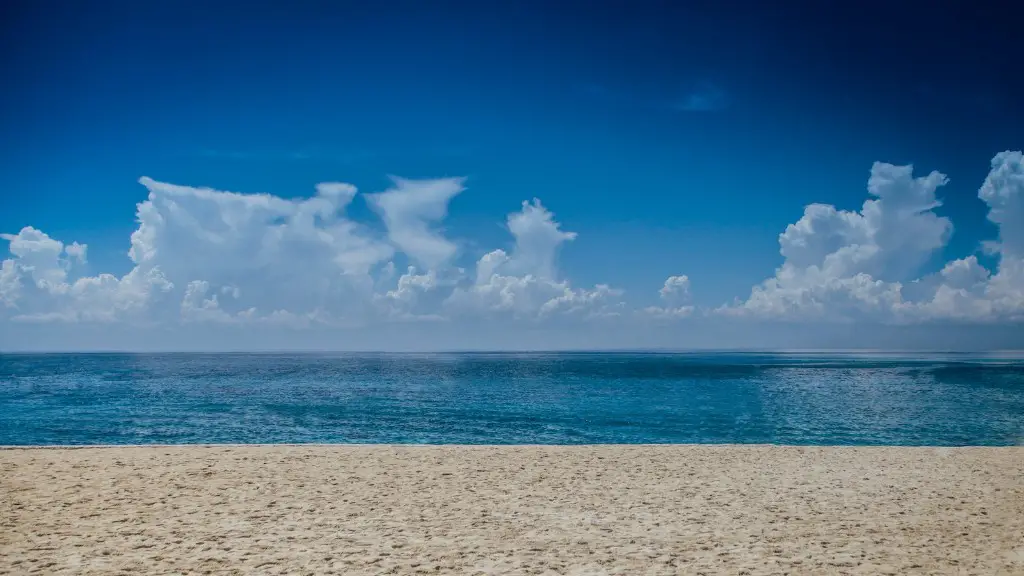The Mediterranean Sea has been around since before the dawn of civilization, and it holds many secrets not easily unearthed. It is also one of the world’s most important bodies of water, playing a role in geopolitics, trade, tourism, and migration. One such mystery is how it formed? The Mediterranean Sea formed approximately 7.5 million years ago, as the result of a process known as the Messinian Salinity Crisis. This drastic event left an enduring impact on the overall geographical shape of the Mediterranean basin.
Tracing the history of the Mediterranean starts with the collision of the African and Eurasian tectonic plates. At some point in the Eocene epoch, which lasted from 56 to 34 million years ago, these plates collided and began to push upwards, creating the Alps and the Pyrenees Mountains. This mountain building episode also pushed the land up, leading to the formation of the North African plateau. As the events that created the mountains unfolded, the sea level steadily began to rise around the Mediterranean basin, eventually creating what is now known as the Mediterranean Sea.
As the African plate collided with the Eurasian plate, it pushed the plate down, creating what is known as a “pull-apart basin”. This basin became the Mediterranean Sea, and it formed in the area where the plates are now diverging. The sea’s depth changed over time in response to tectonic activity and global climate changes, with the deepest part of the sea currently reaching over 5,000 metres.
In the Miocene period (23.03–5.333 million years ago), changes in the Earth’s climate caused a drop in the sea level, resulting in the Mediterranean becoming a closed basin. This process is known as the Messinian Salinity Crisis. The Mediterranean became a lake, and without any connection to the Atlantic Ocean and other seas, its salinity increased drastically. Researchers have found that during the Messinian Salinity Crisis, the water level dropped to an astonishing 600 metres below the current sea levels.
The Messinian Salinity Crisis lasted until the Zanclean Flood, 5.3 million years ago, when the Atlantic Ocean reconnected with the Mediterranean. The Atlantic supplied enough water to reintroduce life to the Mediterranean and restore the original balance of salinity. This massive influx of water is believed to have led to the formation of the Straits of Gibraltar, allowing the Atlantic and Mediterranean waters to mix, resulting in the current levels of salinity in the Mediterranean.
Today, the Mediterranean Sea covers an area of around 2.5 million square kilometres, connecting Southern Europe, the Middle East and Northern Africa. It also licenses passage for numerous shipping routes, with cargo ships, ferries and cruise vessels traversing its volcanoes, islands, archipelagos and ports. As a result, the Mediterranean Sea plays a vital role in international trade, serving as a major conduit for the sharing of goods, services and culture between the continents. Because of the Mediterranean’s vastness and geographic significance, there are many different cultures and languages to be found along its shores, which highlights its versatility and versatility.
Cultural Significance of the Mediterranean
The Mediterranean Sea also has a rich and varied cultural history. It has been a part of the lives of many cultures since pre-historic times, its waters’ depths providing sustenance and shelter for countless populations. Ancient Egyptians, Greeks and Phoenicians laid the foundations of their civilizations around the Mediterranean’s shores, while the Romans built many of their cities in the area, such as Rome itself. Today, the Mediterranean is an invaluable source of inspiration for many writers, musicians, painters and other artists. Furthermore, its mild climate and breathtaking vistas make it a popular tourist destination, bringing together people from all over the world.
The Mediterranean Sea, however, is also susceptible to various human influences, from oil spills to overfishing, pollution and coastal erosion. Thus, conservationists and governments need to take steps to preserve the unique habitats that exist in and around the sea. Such efforts are paramount to ensure its continued prosperity and cultural significance.
Impact of Climate Change on The Mediterranean
Climate change is having huge impacts on the Mediterranean Sea and its accompanying environment, changing temperatures and rainfall patterns, melting sea ice, and increasing both the rate and scale of coral bleaching events. As temperatures rise, the sea level is also expected to rise due to the expansion of warm water and melting glaciers, leading to the flooding of low-lying coastal areas.
The changing climate and sea level is having a direct impact on the regions plant and animal life, with some species unable to adapt to the changes that are taking place. Additionally, some of the Mediterranean’s iconic species, such as turtles and dolphins, are increasingly threatened by human activity and extensively overfished.
Coral reef destruction is yet another major consequence of the changing Mediterranean climate. Warming waters have caused coral bleaching events, resulting in the destruction of large areas of coral and the destruction of ecosystems. Similarly, the behaviour of ocean currents and waves is being affected by the changing climate, making the ocean surface more turbulent, with stronger waves and stronger current.
Scientists are looking into ways to mitigate the effects of climate change on the Mediterranean, such as increasing coastal defences and improving water management in order to protect the region’s most vulnerable areas. They have also developed plans to increase the number of protected areas for marine life, as well as reduce pollution and mitigate the impacts of overfishing.
Ecological Impact of the Mediterranean Sea
The Mediterranean Sea provides an important body of water for marine species, making it home to hundreds of species of fish, crustaceans, molluscs, and reptiles. The region is also known for its diverse birdlife, including numerous species of seabirds, gulls and migratory ducks, who rely on its waters for nesting and feeding.
The Mediterranean is also a key spawning area for a number of fish species, with Swordfish, Tuna and Shark being keystone species. In addition, it serves as a nursery for large numbers of species, which are very important in maintaining diverse and productive populations. Also found throughout the Mediterranean Sea’s sandy, rocky or muddy beds are other species such as crustaceans, sea stars and sea urchins.
The Mediterranean also serves as an important habitat for thousands of plant species, many of which can be found in the form of coral reefs, seagrass beds or sea forests. The Mediterranean Sea is home to over 6,000 species of vascular plants, many of which are confined to certain areas and thus very vulnerable to human activities.
The Mediterranean Sea is also a vital source of food for a wide number of species and their predators. Small crustaceans like Ostracods, Copepods, Isopods and amphipods play a substantial role in supporting the marine food chain and local fisheries.
Conclusion
In conclusion, the Mediterranean Sea is an integral part of the world’s geography and should be treasured both by those living by its shores and those further away. Its formation is the result of a complicated process of plate tectonics, climate change and sea level change, and its effects are felt to this day in terms of trade, culture and wildlife.
As climate change poses an increasing threat to the Mediterranean Sea, conservationists and governments are being called upon to take concerted action to protect the habitats and species that it supports, as well as enact measures that will mitigate the environmental impacts of human activity. Doing so will help ensure the continued prosperity of the Mediterranean Sea and its people.
